10 Forgotten Reality Shows That Defined the 2000s
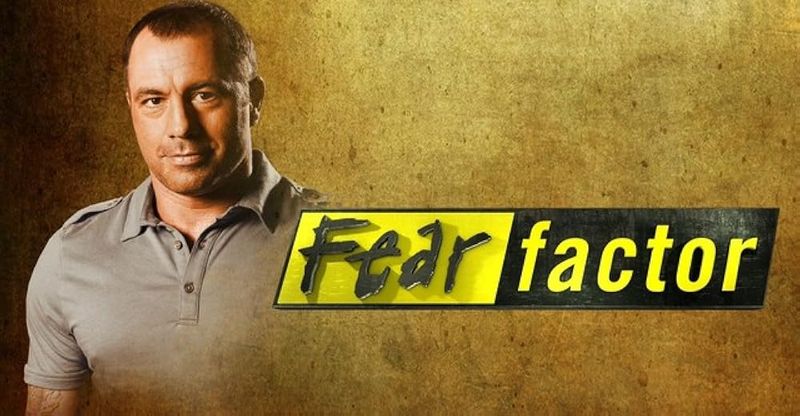
Before we had TikTok challenges, influencer feuds, and dating shows that take place on tropical islands, the early 2000s were a golden age of weird, wonderful, and sometimes wildly questionable reality TV. Networks were experimenting with anything that could glue people to their screens — and let’s just say, they weren’t afraid to push boundaries.
1. The Swan (2004–2005)
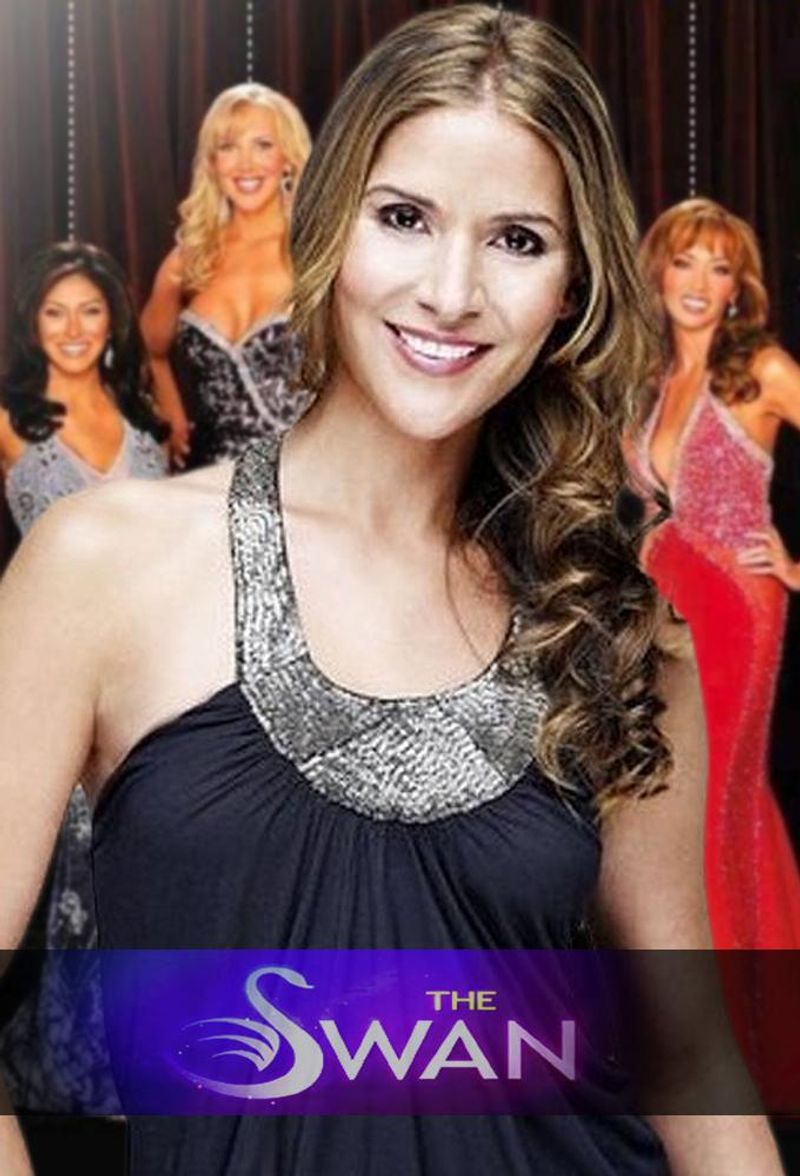
Few shows captured the early 2000s obsession with transformation quite like The Swan. Contestants underwent intense plastic surgery, dental work, and fitness regimens — all while being kept from mirrors for weeks. The big reveal came when they finally saw their new faces on national television.
The concept shocked viewers and critics alike. On one hand, it was marketed as empowerment; on the other, it played into impossible beauty standards and insecurities. Watching women compete for validation based on surgical makeovers feels almost dystopian in hindsight.
Still, The Swan is a time capsule of early-2000s TV excess — dramatic music, tearful confessions, and glossy montages. It’s hard to believe something so ethically questionable ever aired, yet it perfectly reflected an era obsessed with physical “perfection.”
2. Joe Millionaire (2003)
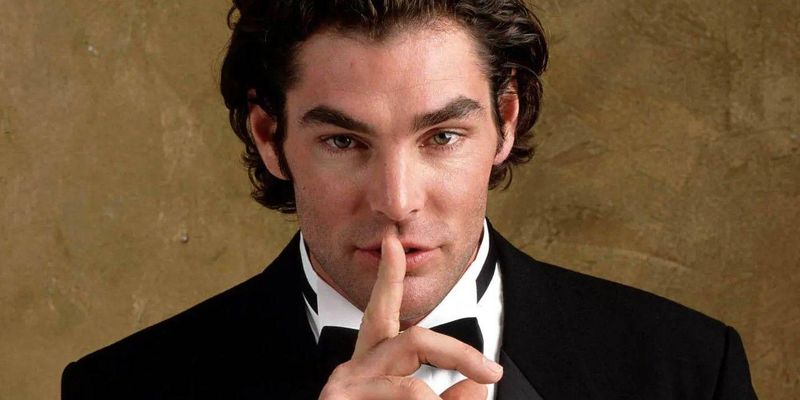
In an era where dating shows ruled TV, Joe Millionaire added a deliciously cruel twist: the bachelor wasn’t rich at all. The women competing for his affection were told he was worth $50 million, only to learn he was actually a construction worker.
The premise sounds outrageous now, but audiences couldn’t get enough of the deception. Each episode built toward the big reveal, and viewers eagerly watched to see if love could survive a massive lie. Spoiler: it usually couldn’t.
It was part social experiment, part soap opera, and fully 2000s. Joe Millionaire proved that early reality TV wasn’t about finding love — it was about finding out just how far people would go for fame and fortune.
3. My Big Fat Obnoxious Fiancé (2004)
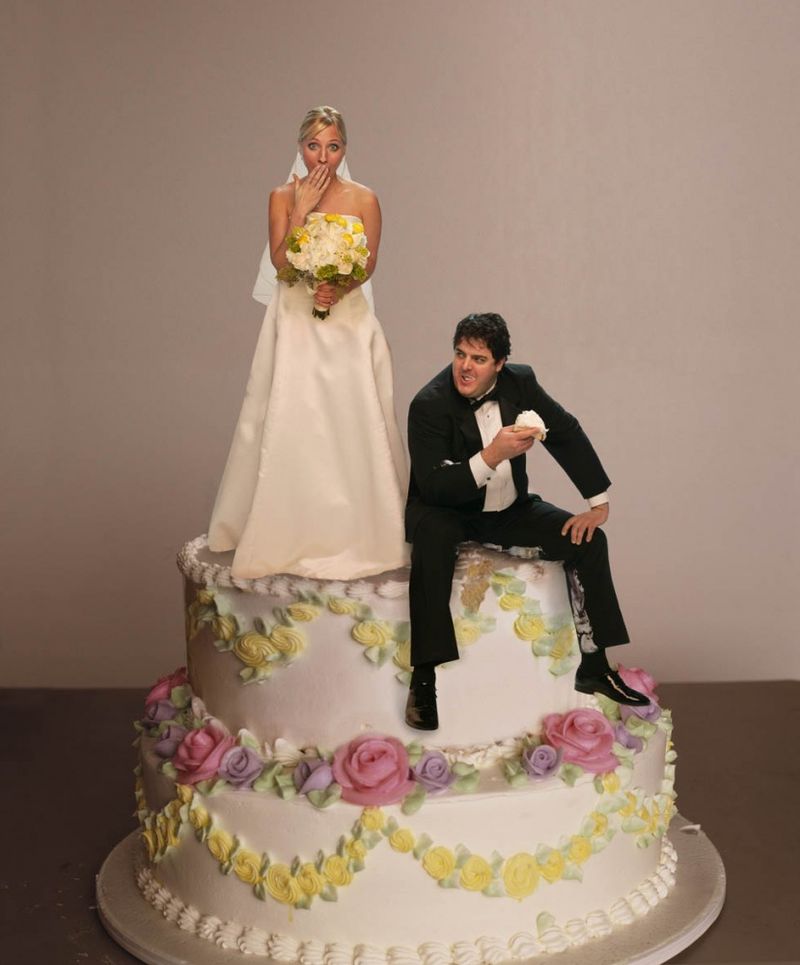
Imagine having to convince your family you’re marrying a man who burps, yells, and eats like a toddler — all for a big paycheck. That was the setup for My Big Fat Obnoxious Fiancé, a prank-style reality show that took awkwardness to new heights.
The twist? The groom wasn’t real — he was an actor hired to make things as uncomfortable as possible. The bride-to-be, on the other hand, thought it was all real until the final reveal. Cue the chaos.
This show was pure early-2000s mischief. Equal parts funny and cringe-inducing, it tapped into our love for secondhand embarrassment. If you could get through an episode without hiding behind your hands, you deserved a medal.
4. Laguna Beach: The Real Orange County (2004–2006)
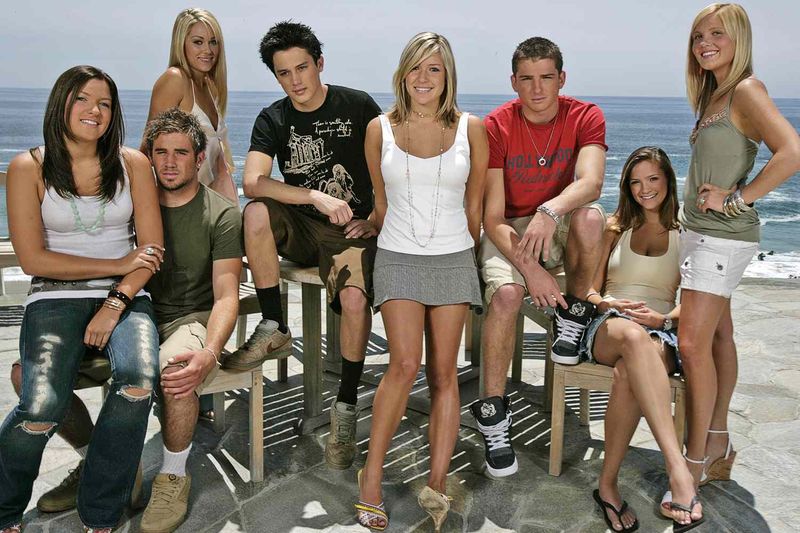
Before reality stars were influencers, there was Laguna Beach. The show followed a group of privileged teens living picture-perfect lives in Southern California — and made high school drama look like a soap opera.
The catch? It wasn’t quite “real.” The heavily staged scenes and moody narration gave it a cinematic feel, paving the way for The Hills and countless other semi-scripted reality hits. Still, viewers were hooked on every love triangle and friendship fallout.
From beach bonfires to senior prom meltdowns, Laguna Beach made teenage angst glamorous. Watching it now feels like flipping through a yearbook of mid-2000s fashion — Von Dutch hats, flip phones, and all.
5. The Mole (2001–2008)
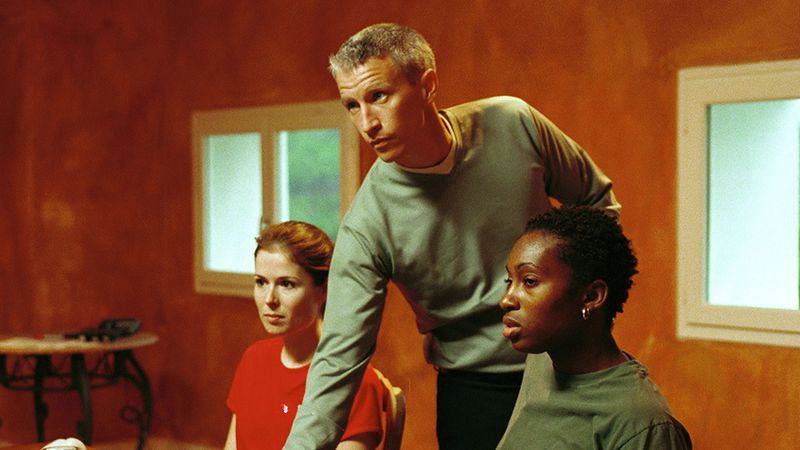
Forget romance — The Mole was all about paranoia. Contestants worked together on challenges to earn money for a group pot, but one of them was secretly “the mole,” sabotaging the team’s efforts.
It was like a psychological thriller disguised as a game show. With Anderson Cooper hosting the early seasons, it had a surprising level of sophistication compared to other reality fare. Every glance, every mistake, every smirk could be a clue.
Although it never reached mainstream success, The Mole had a loyal fan base and inspired modern strategy shows like The Traitors. It was clever, mysterious, and just unpredictable enough to make you question everyone — including yourself.
6. Fear Factor (2001–2006)
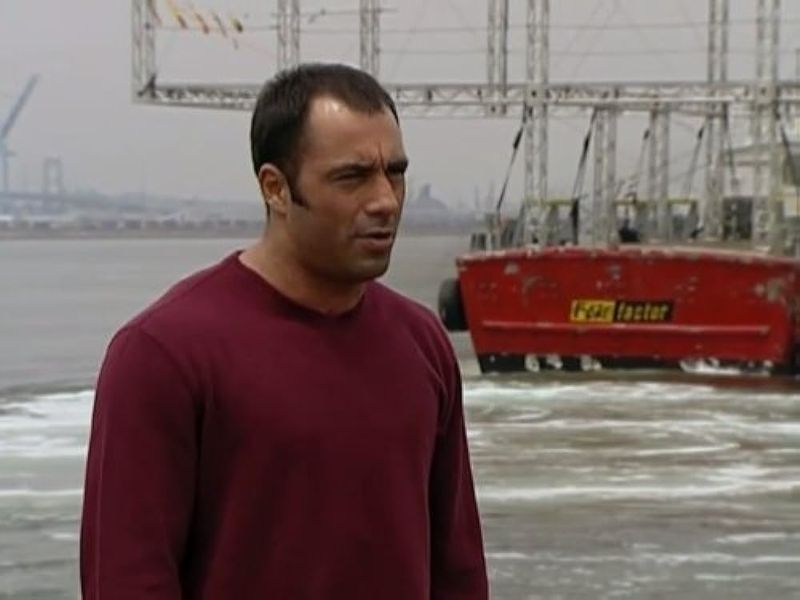
Nothing tested human limits (or stomachs) quite like Fear Factor. Hosted by Joe Rogan before his podcast days, the show pushed contestants to eat bugs, lie in coffins full of snakes, or jump from moving vehicles — all for a cash prize.
Every episode mixed genuine fear with gross-out spectacle, and America couldn’t look away. It was the kind of show that made you say, “I could never do that,” and then watch every second anyway.
While modern reality TV leans on emotional drama, Fear Factor was pure adrenaline and shock value. It might not fly today, but back then, it was must-see television — the ultimate test of mind over matter (and gag reflex).
7. Beauty and the Geek (2005–2008)
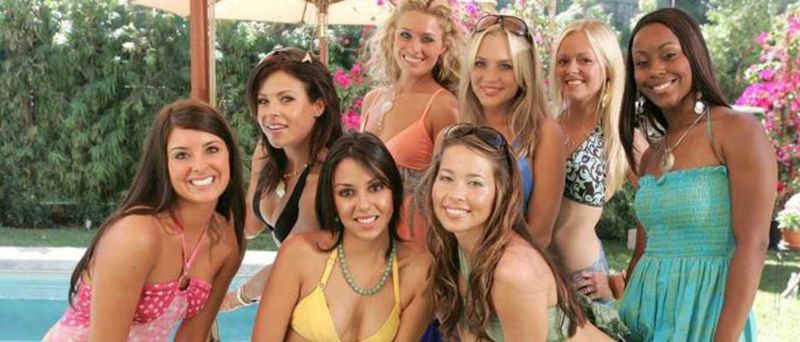
Social experiments were a reality TV staple in the 2000s, and Beauty and the Geek was one of the most charming ones. The show paired conventionally attractive women with brainy but socially awkward men to see how they’d learn from each other.
The setup could’ve been mean-spirited, but it often turned surprisingly wholesome. The “geeks” gained confidence, the “beauties” found depth, and both sides learned that stereotypes aren’t the whole story.
It wasn’t groundbreaking television, but it had heart. In a decade full of manipulation and competition, Beauty and the Geek reminded viewers that personal growth could actually make good TV too.
8. The Surreal Life (2003–2006)
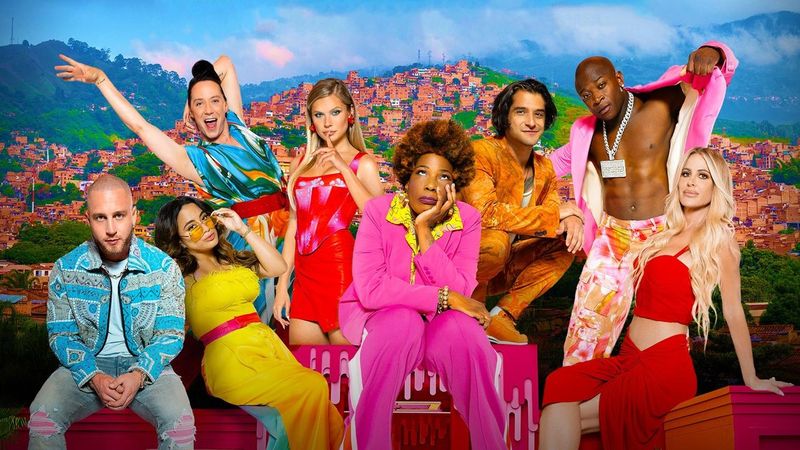
If you’ve ever wondered what happens when you lock a bunch of faded celebrities in a mansion, The Surreal Life had the answer — and it was chaos. Each season featured stars from different eras trying to coexist under one roof.
The drama, the alliances, the bizarre friendships — it was everything we love about reality TV in one gloriously messy package. Flavor Flav and Brigitte Nielsen’s unlikely romance even spun off into its own show.
Before Celebrity Big Brother or House of Villains, this was the blueprint. The Surreal Life gave us reality TV’s most unpredictable moments and proved that fame doesn’t automatically come with self-awareness.
9. Wife Swap (2004–2010)
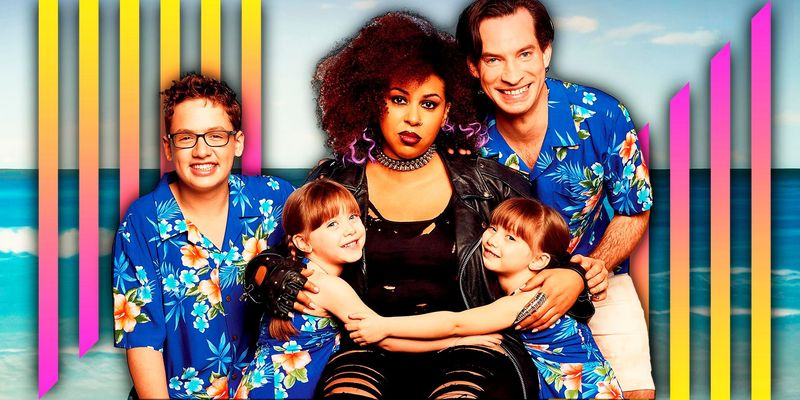
What could possibly go wrong when two families switch moms for two weeks? Wife Swap set out to find out — and the answer was usually “a lot.” From strict households to free-spirited hippies, the culture clashes were both hilarious and revealing.
Each episode showed just how differently people lived, parented, and argued. It wasn’t always pretty, but it made for fascinating television. Watching people question their values on camera was strangely addictive.
Even today, clips from the show go viral on social media, reminding us of iconic moments like “She’s not a Christian!” Wife Swap was messy, emotional, and undeniably human — everything that made 2000s TV unforgettable.
10. Punk’d (2003–2007)
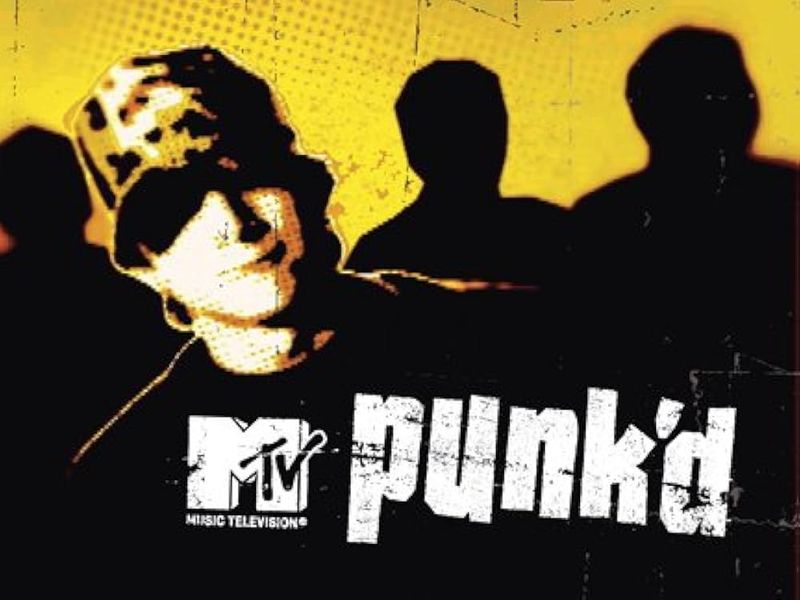
Long before viral pranks filled your feed, Ashton Kutcher was the king of gotchas with Punk’d. Celebrities were set up in elaborate stunts — from fake arrests to staged accidents — only to discover they’d been “Punk’d.”
The reactions were priceless, especially in an era when celebs weren’t as media-savvy as they are now. Watching stars like Justin Timberlake and Beyoncé get pranked felt like a guilty pleasure the whole world shared.
Punk’d blended humor, mischief, and pop culture perfectly. It was the kind of show that made everyone look twice before believing anything — and its influence on modern prank content is still felt today.

Comments
Loading…